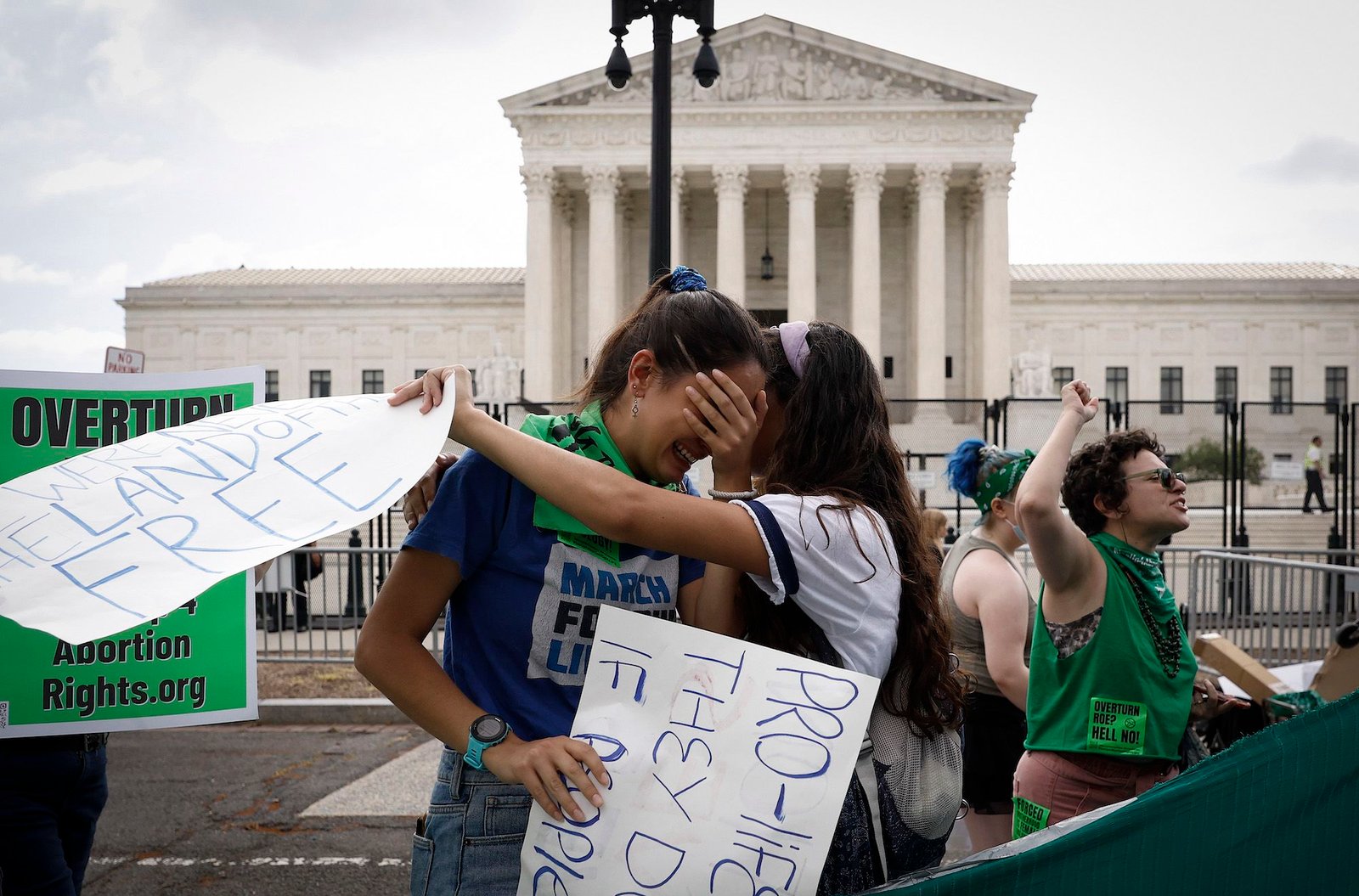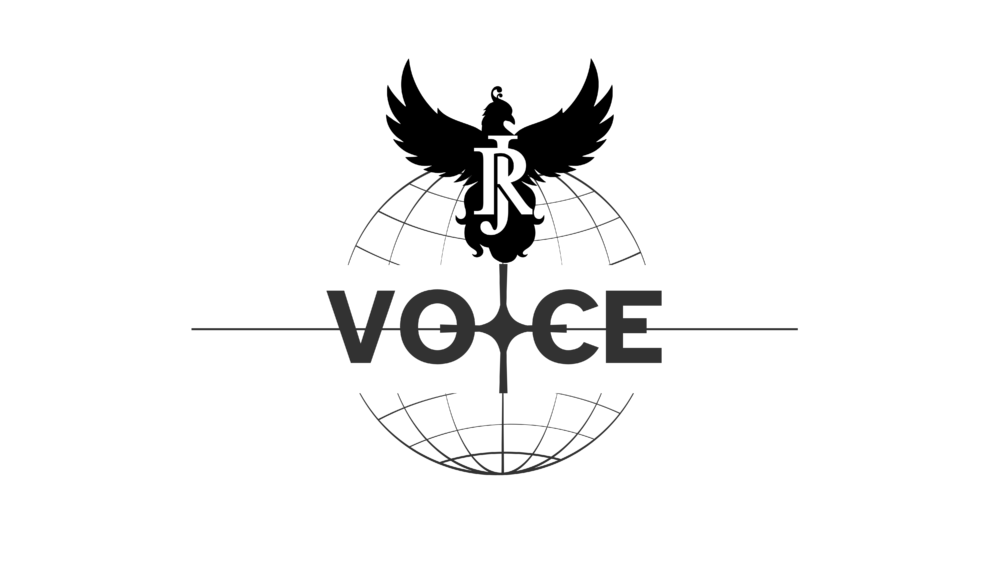Access to abortion in Wyoming, while technically legal, has become increasingly challenging due to a wave of new state laws and regulations targeting providers and patients alike. One woman, who recently attempted to schedule an abortion at Wyoming’s only clinic, discovered on the same day that services had been suspended. Her only option was to travel across state lines to Colorado.
Wellspring Health Access, located in Casper, was forced to halt all abortion procedures in response to new state mandates requiring the clinic to obtain licensure as an outpatient surgical center. According to clinic representatives, complying with this requirement could cost as much as $500,000 in renovations. Additionally, physicians would need admitting privileges at a nearby hospital — a requirement that local hospitals are not obligated to accommodate.
The clinic’s founder, Julie Burkhart, called the restrictions “a ban in disguise,” arguing that the laws were designed to effectively shut down abortion access without formally outlawing the procedure.
Another law mandates that patients seeking medication abortions undergo an ultrasound at least 48 hours prior, adding financial and logistical hurdles, particularly for women in rural areas where ultrasound facilities may be nonexistent. Critics say these restrictions disproportionately affect low-income women, victims of sexual violence, and those without easy access to transportation.
While the Wyoming Supreme Court is set to hear arguments over abortion bans previously struck down by a lower court, the legal outcome may do little to alleviate the mounting barriers to care. Even if the justices uphold the lower court ruling that found the bans unconstitutional, newly enacted laws could continue to restrict access.
These developments stem from a broader legal and political battle over reproductive rights in Wyoming. In a key case being reviewed by the state’s highest court, opponents of the state’s abortion bans argue that the laws violate a 2012 state constitutional amendment that guarantees competent adults the right to make personal health care decisions. That ruling also addressed Wyoming’s 2023 law banning medication abortions — the first of its kind in the nation.
Despite Governor Mark Gordon vetoing the ultrasound requirement due to concerns about its invasive nature, especially in cases involving sexual assault, the legislature overrode the veto, prompting litigation from the clinic and advocacy groups.
As legal uncertainty looms, Wellspring Health Access, which only opened in 2023 after an arson attack delayed its launch, has suspended all abortion-related services. Before the latest restrictions, the clinic saw up to 22 patients daily, with the majority seeking abortions. Now, only about five patients a day are treated, mostly for gender-affirming hormone therapy.
Wyoming’s legislative push mirrors a national trend, where states use targeted regulations of abortion providers — often called TRAP laws — to restrict access without explicitly banning the procedure. While these laws were more common before the U.S. Supreme Court overturned Roe v. Wade in 2022, several states continue to pass or enforce similar measures.
In Wyoming’s case, the only operational abortion clinic’s future remains uncertain. Opponents of abortion argue that halting services is a necessary precaution to ensure safety and compliance with medical standards. Supporters of reproductive rights argue that the true intent is to eliminate access through bureaucratic pressure.
For patients, the effects are immediate and deeply personal. One woman recently had to travel more than four hours each way to Fort Collins, Colorado, after being turned away in Casper. She said that while she never expected to need an abortion, the experience gave her greater empathy for others in similar situations.
“I’ve always supported the right to choose,” she said. “But going through it made me realize just how essential access is — and how easily it can be taken away.”
As the Wyoming Supreme Court deliberates, the outcome may shape not just the state’s abortion laws, but the broader fight over how far legislators can go in limiting reproductive rights without outright bans. For now, uncertainty remains the only constant.































































